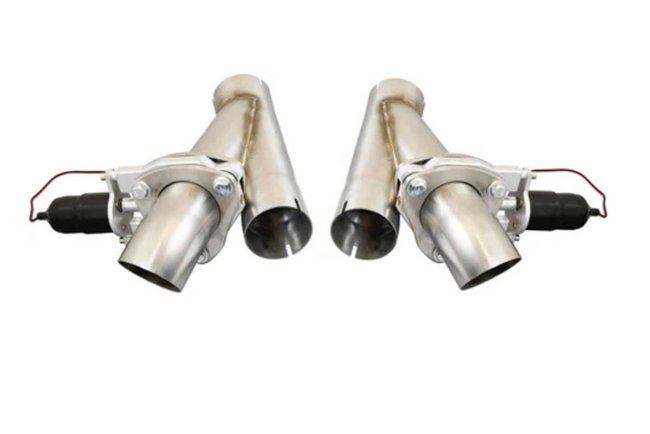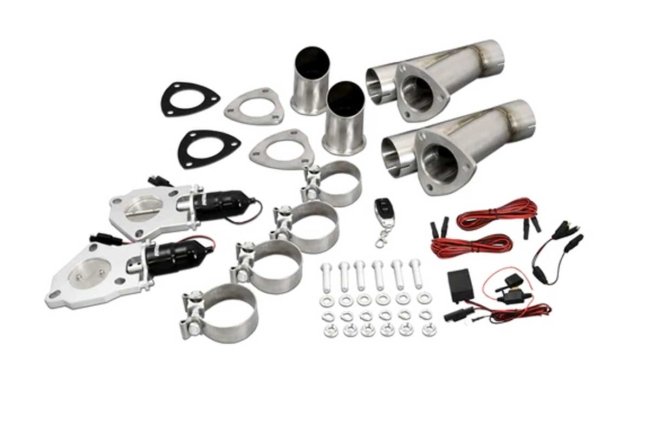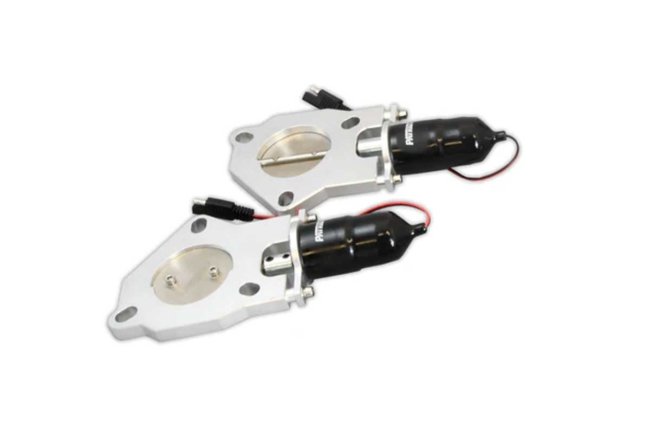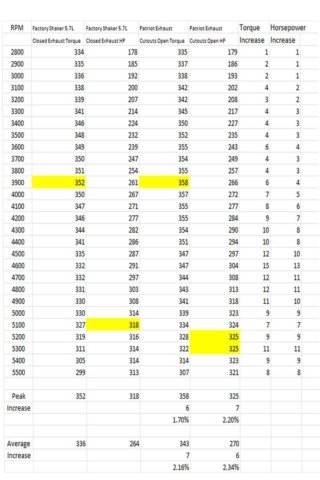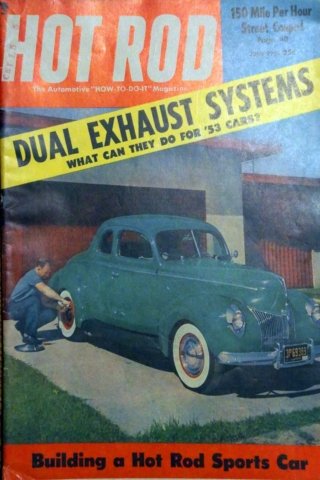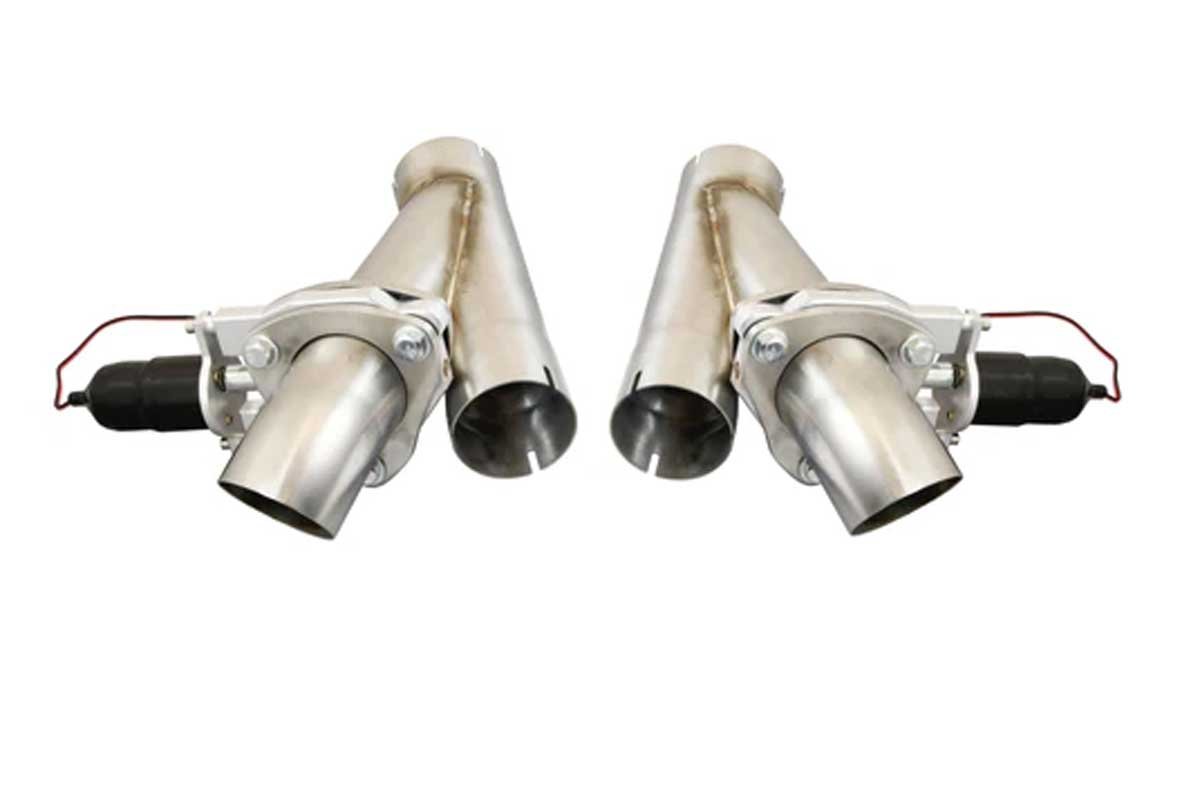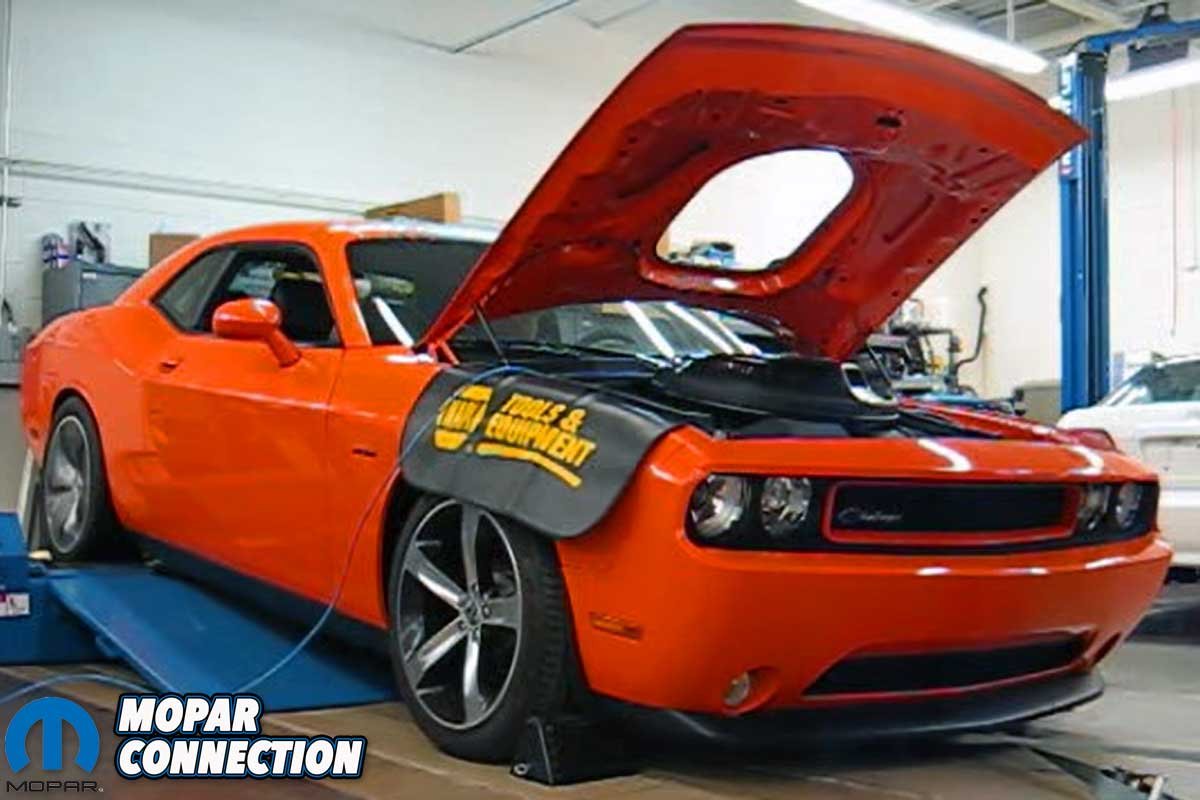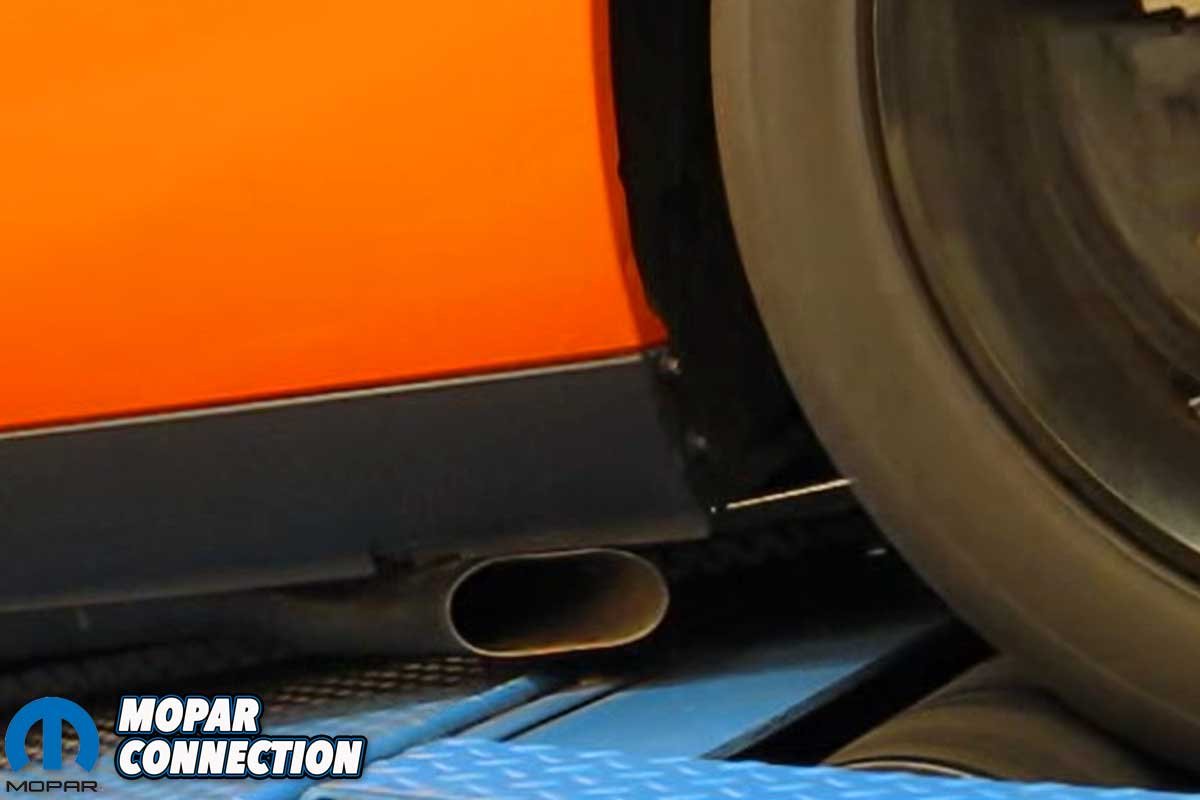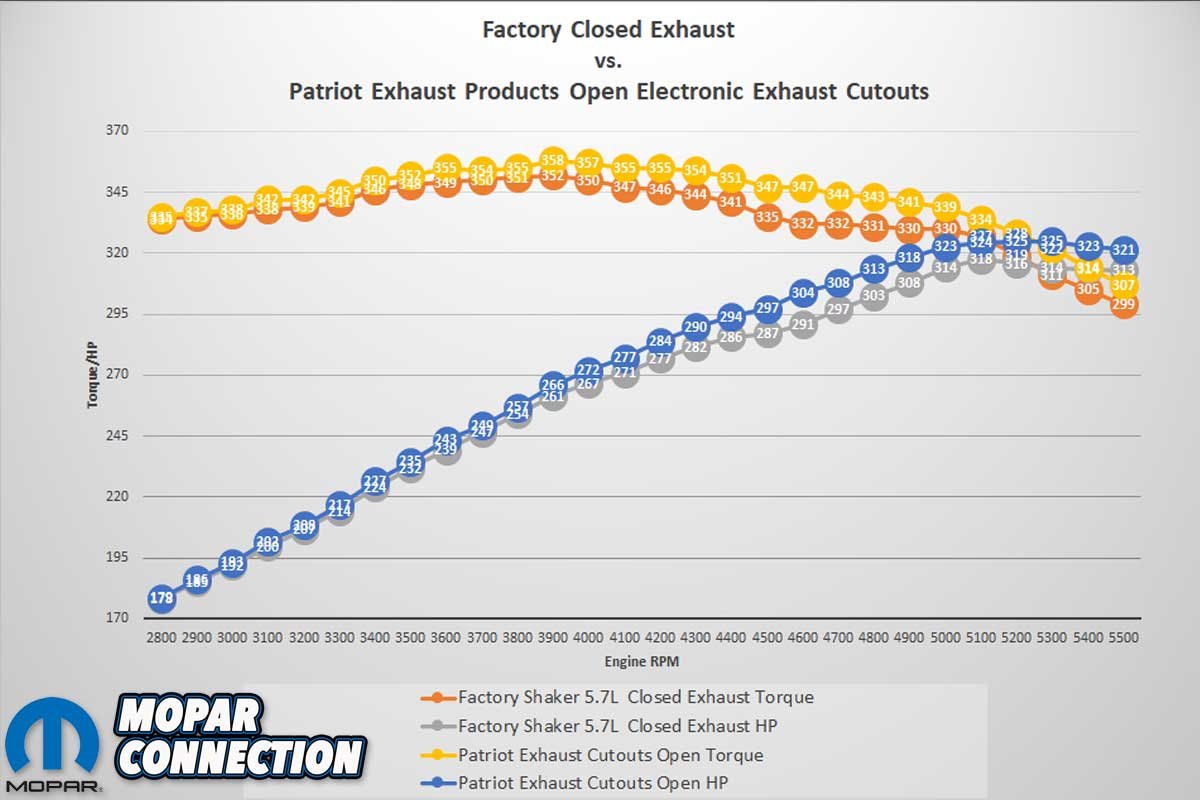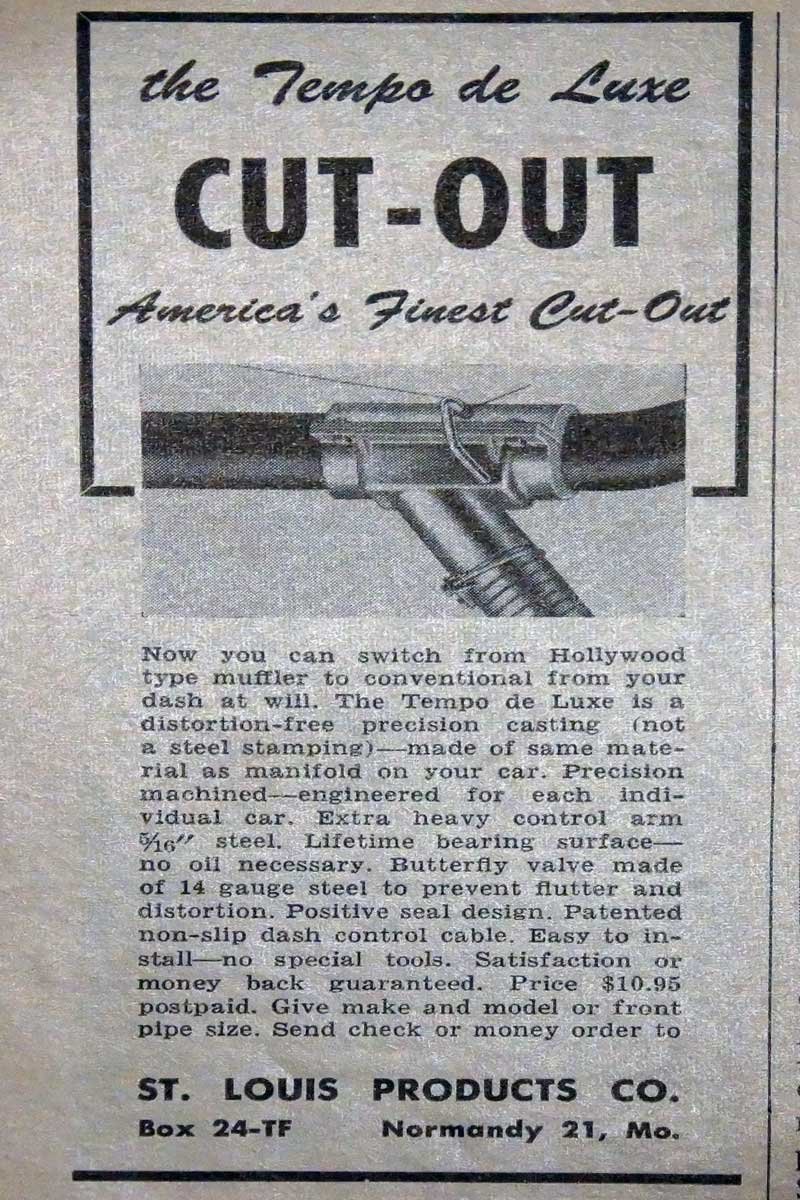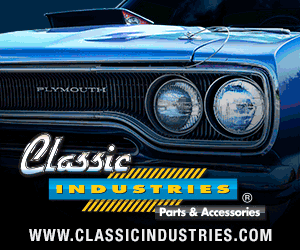
Performance-oriented enthusiasts started removing the exhaust shortly after the auto manufacturers introduced “restrictive” mufflers. The concept was simple. Without the mufflers, the vehicle’s engine developed more power. However, as local governments enacted noise ordinances, “Johnny Law” cracked down on vehicles with loud, open exhaust systems.
Above Left: In 1953, Hot Rod Magazine ran two ads for exhaust cutouts. The first ad was from The Gotha Co. The cutout was a manually operated exhaust dump that was installed without welding. Above Right: The second ad was for St. Louis Products Co.’s Tempo De Luxe cable-operated exhaust cutouts.
The hot rodders needed a way to open the exhaust for legally sanctioned timed events and close it on public roads. What resulted was a short pipe with one end welded into the header pipe of the exhaust and the other end plugged with a removable metal cap (lid). Upon arrival at an event, the owner unthreaded three or four wing nuts and removed the metal cap, allowing the spent gasses to bypass the mufflers. After the event, the owner placed the cap over the cutout opening and rethreaded the wing nuts.

Above: The Patriot Exhaust Products cutouts are electronically controlled. The cutouts can be purchased for single or dual exhaust and 2 1/2- or 3-inch exhaust pipes. The kits are complete and do not require welding to fit into the exhaust system.
A more convenient design was developed when a mechanic fitted a quality cast “Y” exhaust adapter into the factory exhaust between the exhaust manifold or header and the muffler. With this design, the driver had the opportunity to switch the internal flapper valve between the muffled exhaust and the low-pressure exhaust exit port by moving a lever arm attached to the valve rather than removing and reinstalling a metal cap.
Just how popular were the exhaust cutouts? In the June 1953 Hot Rod Magazine, two companies advertised the desirable cutouts. The companies were The Gotha Co., founded in Harvey, Illinois, and St. Louis Products Co., located in Normandy, Missouri. Sadly, both companies disappeared as time passed and have become a footnote in automotive history.
Above Left: The precision-engineered cutouts allow the exhaust to exit before the exhaust system’s mufflers. The appearance of the cutouts is enhanced with the addition of the included turndowns. Above Right: High-quality band clamps attach the cutout pipes to the existing exhaust.
The cutouts designed by The Gotha Co. required no welding or special tools to install. The efficient, streamlined internal flapper design did not contribute to back pressure increases, regardless of its position. The flapper valve shaft rode on a substantially sized bearing, and a manually adjusted lever arm provided positive placement and easy operation. The ad says, “Now you can get extra mileage and power on the open road and stay within the law in town.”
Above Left: Rather than having to get under the car to physically open or pull on a cable to open the exhaust, the Patriot Exhaust Products exhaust opens with a touch of the open button. Depressing the close button shuts the cutouts and returns the exhaust path through the mufflers. Above Right: The 6061 Aluminum housing and the 304 Stainless butterfly and shaft construction provide precise and repeatable operation of the exhaust cutouts.
St. Louis Products Co. referred to its exhaust cutouts as Tempo de Luxe, a distortion-free precision casting that the purchaser could fit into the exhaust with hand tools. The Tempo de Luxe cutouts had an extra heavy-duty control arm attached to the flapper valve. St Louis Products Co. designed the 14-gauge steel valve to reduce flutter and distortion, and the lifetime bearing did not require periodic oiling. In addition, the Tempo de Luxe design incorporated a patented non-slip dash control cable, so the driver could manipulate the valve(s) as desired from the interior of the automobile.
Fast forward to today, Patriot Exhaust Products provides complete control over the sound of your Mopar’s exhaust. The Patriot Exhaust Research and Development team has perfected electronic cutouts with a leak-free butterfly design.

Above Left: A high torque motor rotates a shaft attached to the sealed butterfly.
A purchaser can easily install the cutouts without welding. And instead of relying upon lever arms or cables to open or close the flapper valve, the comfortably seated driver can press a button on the remote to open or close the cutouts. Patriot Exhaust offers 2 ½- and 3-inch dual (part nos. PEC250K and PEC300K) or single exhaust cutouts (part nos. PEC250K-1 and PEC300K-1), which will fit nearly all Mopar applications.
In the early 1960s, Ermie Immerso, a Land Speed Record Holder and three-time America’s Most Beautiful Roadster winner, started in the exhaust business. His company became an industry leader with the Thunderbird Brand exhaust. In 2000, when Immerso contemplated retirement, he sold the company to PerTronix.

Above: A student in the dyno class had a 2013 Challenger with a 5.7L Hemi, a Shaker hood, and a 6-speed transmission. He purchased the Challenger with Patriot Exhaust Products cutouts already installed on the vehicle. So, of course, we tested the cutouts.
PerTronix quickly rebranded the company as Patriot Exhaust Products. PerTronix updated the existing product offerings, which included headers, exhaust tips, side pipes, and the original hot rod muffler, Smithy’s Mufflers. Patriot Exhaust continues to be a top choice of quality builders of street rods, pickup trucks, muscle cars, and customs.
PerTronix was founded in 1962 as Per-Lux, a driving and fog light manufacturer for the heavy-truck market. In the early 1970s, Per-Lux developed an electronic ignition system for forklifts and industrial engines. In 1985, Per-Lux introduced its first replacement electronic distributor for the automotive market.

Above: Whoever installed the cutouts added nice-looking “NASCAR-style” pipes run from the cutouts to just in front of the rear tire.
Tom Reh purchased the ignition division in 1991, and PerTronix, an ignition company, was formed. Since its formation, PerTronix has acquired Patriot Exhaust Products, Original Doug’s Headers (2005), JBA Exhaust (2008), Compu-Fire/Spyke (2015), Aeromotive (2020), and Taylor Cable (2021).
The real question is, do the cutouts work? In early 2020, we tested a 2013 6-speed, 5.7L Challenger Shaker equipped with a pair of Patriot Exhaust Products cutouts. Using the Pennsylvania College of Technology’s Mustang Chassis Dyno, we established a baseline after three runs from 2800-5500 rpm with the peak torque and horsepower within one percent, respectively. The peak torque was 352 lb-ft at 3900 rpm, and the peak horsepower (hp) was 318 hp at 5100 rpm.
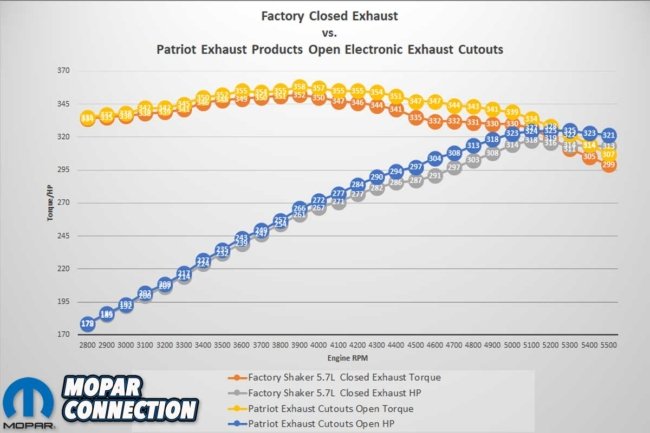
Above: The Hemi liked the open exhaust cutouts. Throughout the entire power curve from 2800-5500 rpm, the 5.7L made more torque and horsepower than it did with the exhaust cutouts closed.
With the baseline established, the remote button was depressed, and the Patriot Exhaust Products cutouts opened. The Hemi’s exhaust note changed considerably. It was deeper and certainly louder. We repeated the same dyno runs again, and the results were positive. The peak torque had increased to 358 lb-ft at 3900 rpm, and the peak horsepower rose to 325 hp at 5200-5300 rpm.
Above Left: At specific rpm points in the power curve, the Hemi had double-digit torque and horsepower improvements with the exhaust open. Regardless, the torque and horsepower were up at every point measured, and the performance was gained without engine tuning. Above Right: The June 1953 Hot Rod Magazine extensively covered exhaust systems, and as it was then and is today, removing exhaust backpressure increases torque and horsepower.
The peak torque increased by six lb-ft, and the peak horsepower was up by seven hp. The average torque for the entire pull was up seven lb-ft with a torque increase of double digits from 4300-4900 rpm. Likewise, the average horsepower increased by six hp, with over a ten horsepower increase from 4500-4900 rpm.
If you are in the market for exhaust products, ignition components, or fuel system parts, look no further than PerTronix. Its dedicated, professional representatives will discuss and advise which product line and features best suit your needs.
https://youtu.be/nMBTmB8KvBQ





